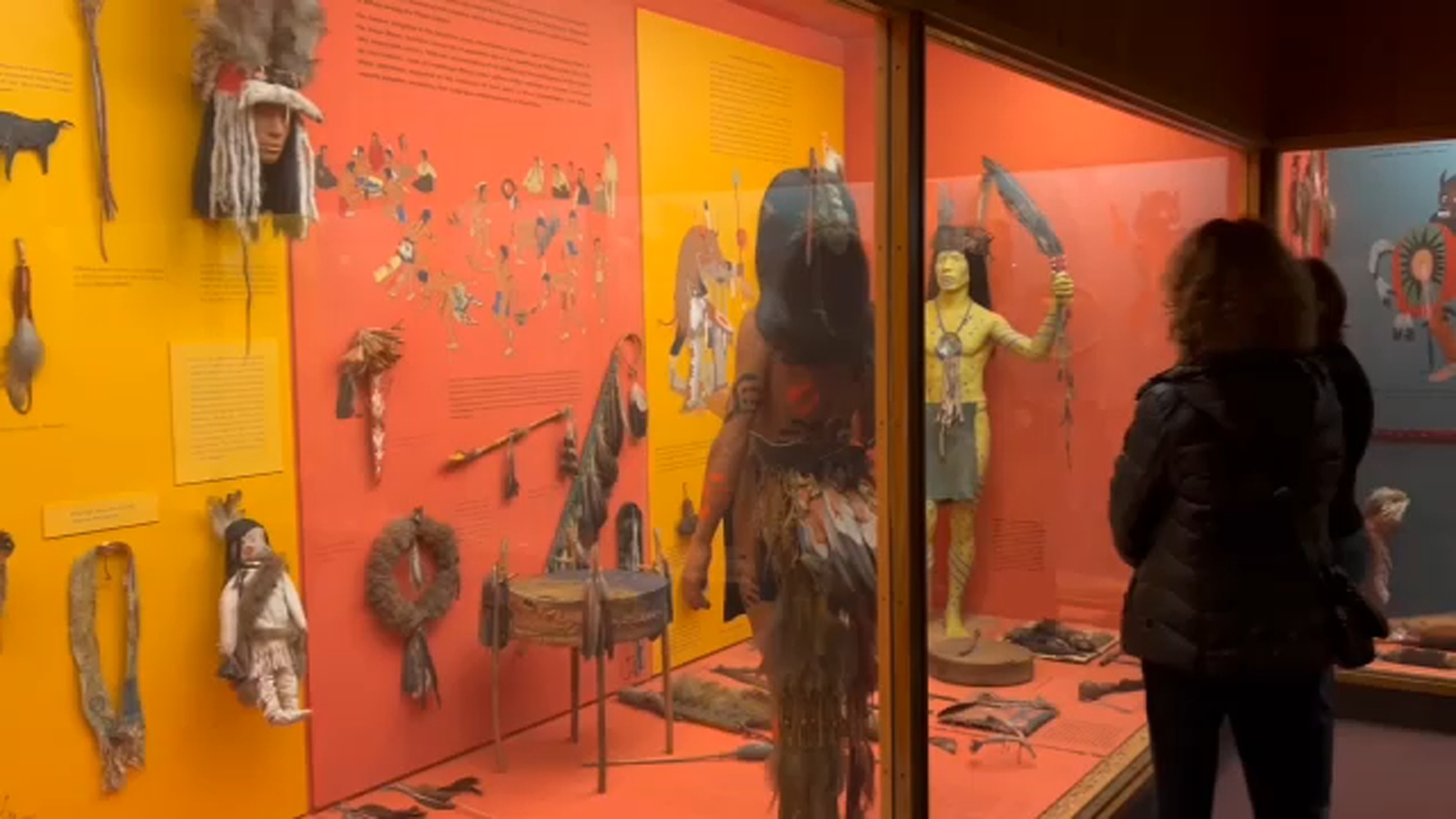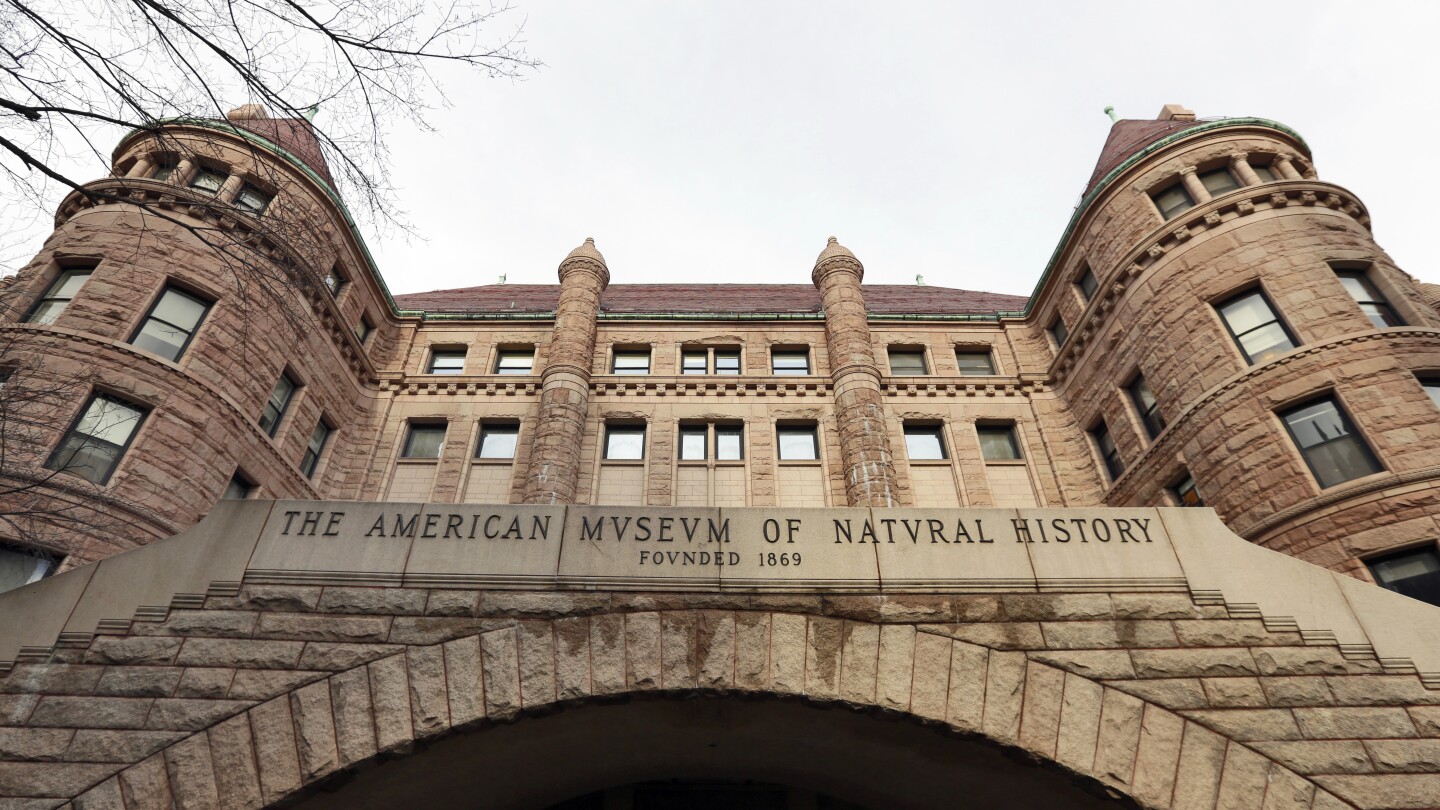The American Museum of Natural History in New York is set to close two halls featuring Native American objects, acknowledging that the exhibits are “severely outdated” and contain culturally sensitive items. The decision aligns with recently updated federal regulations governing the display of Indigenous human remains and cultural items, prompting various U.S. institutions to cover up or remove Native American exhibits.
In October, the museum announced plans to remove all human remains from public display, with the intention of eventually repatriating as much as possible to Native American tribes and rightful owners.
Sean Decatur, the museum’s president, stated in a letter to staff that this move reflects the “growing urgency” among museums to change their relationships with tribes and how they present Indigenous cultures. He emphasized that the closed halls are remnants of an era when museums did not respect the values and perspectives of Indigenous peoples.
Similar actions have been taken by other institutions across the country. Chicago’s Field Museum covered several displays containing Native American items, Harvard University’s Peabody Museum of Archaeology and Ethnology announced the removal of all Native American funerary items, and the Cleveland Museum of Art has also taken similar steps.

New Federal Regulations Prompt Closure of Native American Halls at NYC’s Museum of Natural History (Credits: ABC7 News York)
Shannon O’Loughlin, head of the Association on American Indian Affairs, welcomed these developments but stressed that the ultimate goal is repatriation—returning objects back to tribes. She emphasized that covering displays or removing items is just one part of a larger process.
In response to the regulatory changes, institutions are consulting with Native American groups to secure consent to display certain items. The Cleveland Museum of Art, for example, is reviewing archival records to determine if agreements are already in place. Harvard’s Peabody Museum is committed to returning all ancestral remains and funerary items, and it has increased staff working toward repatriation.
The revised regulations, released by the U.S. Department of the Interior in December, are tied to the Native American Graves Protection and Repatriation Act of 1990. These changes include expanded requirements for consulting with tribes and obtaining consent to exhibit and conduct research on Indigenous artifacts.
Native American groups have long criticized institutions for delaying the process of returning culturally significant items. O’Loughlin noted that repatriation is the only exception, and institutions must prove they received consent at the time the items were taken, which is often challenging due to the violent and unethical means through which many items were acquired.
The museum’s decision to shutter the Eastern Woodlands and Great Plains Halls entirely, rather than just covering or removing items, is based on the acknowledgment that these halls are severely outdated.
While some displays showcasing Native Hawaiian items elsewhere in the museum will be covered, Decatur acknowledged that the closures will impact school field trips, especially the Eastern Woodlands Hall, which has been a mainstay for New York-area students learning about Native American life in the Northeast.
The museum remains committed to supporting the teaching of Indigenous cultures, and officials are reviewing the new federal regulations to understand their implications. O’Loughlin emphasized that the regulations make it clear that research and exhibiting native cultural heritage are allowed as long as there is prior and informed consent.























